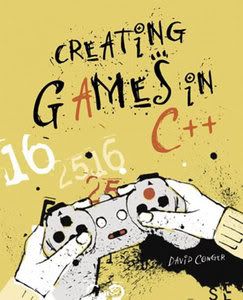This book is dedicated to making web applications look and act like desktop applications
that run on your computer. As we advance into the Internet Age, the difference between
the desktop and the Internet is going to keep diminishing. One issue that up until now has
divided desktop applications from browser-based applications is that in the browser, you
usually have to wait for the whole page to refresh before you see any results. Want to buy a
book online? Click the book and –flash– the shopping cart page appears. Want to check out?
Click the checkout button and –flash– that page appears. Then it’s on to –flash– the credit card
information page.
All that flashing gives online applications a very different feel from that of applications
on your computer. The idea behind Ajax is to get rid of all the flashing page refreshes that
plague the online experience. With Ajax, you can connect to a web server behind the scenes,
download data, and then display that data in the current page in a browser, all without
refreshing the page.
That’s the future of web development—creating a browsing experience that is no
different from using a program on your own computer. Ajax enables you create that browsing
experience.
This book gives you a complete introduction to Ajax—everything you need to know is
here. We’ll start with an overview of what Ajax can do, and how it’s being used today. Then,
you’ll get an introduction to JavaScript, which is the foundation of Ajax on the browser side
of the equation (later on, you’ll see the web server side). After you have JavaScript under your
belt, we’ll dig into Ajax itself, showing you how to create Ajax-enabled applications. We’ll
also take a look at some special problems, such as how to keep two Ajax requests to the server
from getting confused with each other.
There is even an easy way to create Ajax applications, in case you’re utterly adverse to
programming, and that’s to use a package of prewritten code, called an Ajax framework, to do
the programming for you. You’ll see how to use some popular—and free—Ajax frameworks to
make everything very easy to put together.
Often, the data you read from the server using Ajax is in XML form (it doesn’t have to
be—it can be simple text), so we’re going to spend some time working with XML in the
browser, seeing how to decode the XML that was downloaded from the server.
Another big part of Ajax involves updating web pages with the data you download behind
the scenes unobtrusively, and we’ll take a look at how to do that with dynamic HTML and
Cascading Style Sheets (CSS).
In addition, we’ll look at how to support Ajax on web servers. You can download static
data files using Ajax, but that’s not very exciting. Ajax usually involves some programming on
the server, and the scripting language PHP is the language most commonly used on the server
with Ajax, so you’ll be introduced to PHP. You can send commands and data to the server
using Ajax and, with PHP on the server, customize the data you send back to the browser.
All this and more is coming up in this book as you get a complete tour of the Ajax world
links to ebook :














